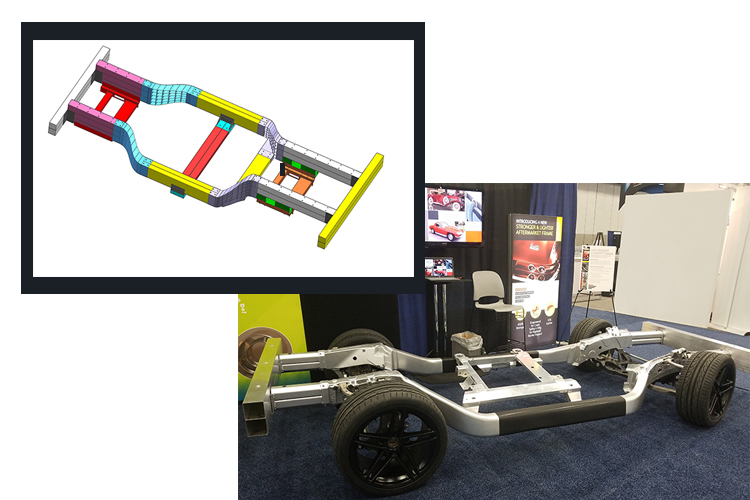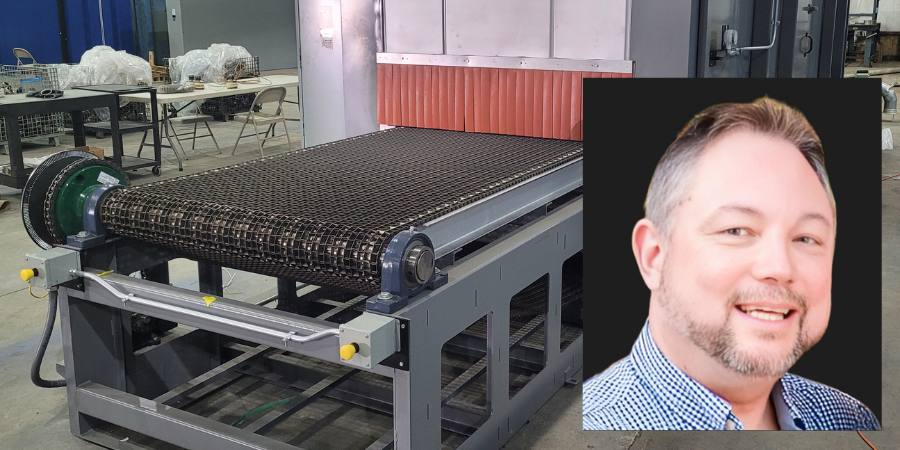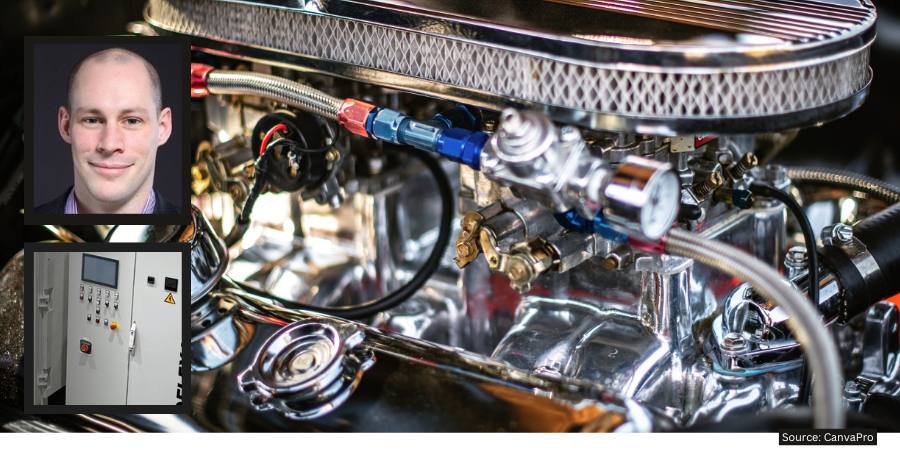Source: Industry Week
Open any garage today and the vehicle you’ll find inside is likely to contain components achieved by lightweighting methods. In fact, it’s a practice that goes back to the days of removing backseats from the cars we inherited from older siblings because the drive for speed and basic economics together has always propelled designers, engineers, and backyard gearheads to find a way to produce a lighter vehicle.
Industry Week recently took a look at the technology and materials that mark the road to development of today’s parts made from ultra-high-strength blends of steel, aluminum, magnesium, and carbon fiber, relying on next-gen design software and techniques such as additive manufacturing and resulting in lighter and stronger vehicles and vehicle components.
Gregory E. Peterson, principal materials engineer for the Michigan Manufacturing Technology Center, a consulting organization that helps manufacturers improve profits and performance, “points to the lightweighting rule that a 10% weight reduction leads to a 6% to 7% increase in fuel economy.”

Carmakers are responding with forwarding thinking business changes that include workforce, design, and footprint. For example, GM is focusing on electric or fuel-cell powered vehicles, which will require a paradigm shift in part production — in just about every aspect of its current manufacturing protocol. How does this look on the ground, in the lab, where the decisions are matter?
Why does a seat belt bracket look the way it does? Because of machining requirements. But what if machining was replaced by additive manufacturing?
“You unhinge yourself from those constraints with generative design. It opens up a whole new set of lightweighting opportunities that we have based on designs we can’t make any other way,” said Kevin Quinn, GM Director of Additive Design and Manufacturing.
Read more: “The Road to Lightweighting: The Tech & Materials Leading the Way”
Photo credit and caption: The Michigan Manufacturing Technology Center helped develop an aftermarket Corvette (C2) frame that is lighter and stronger than the original.





